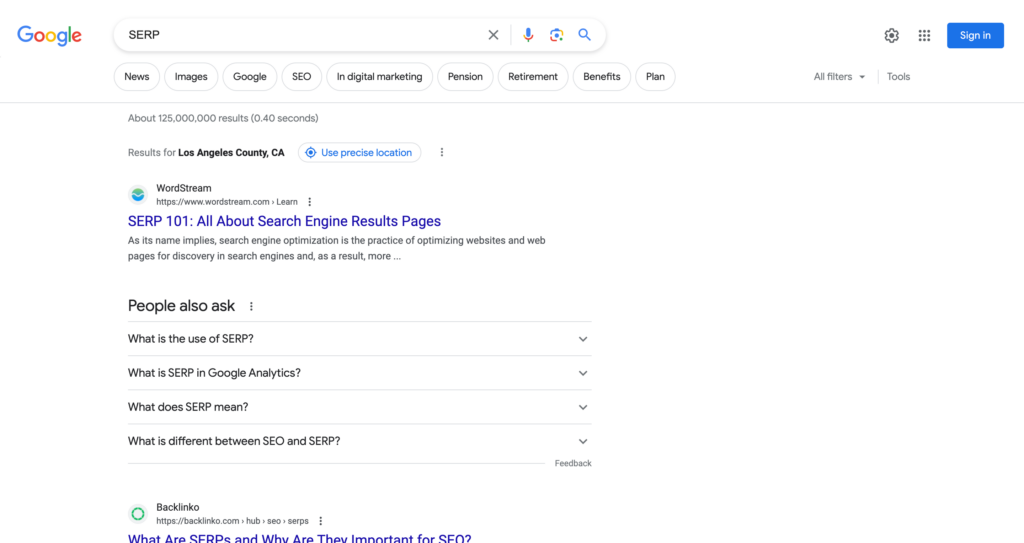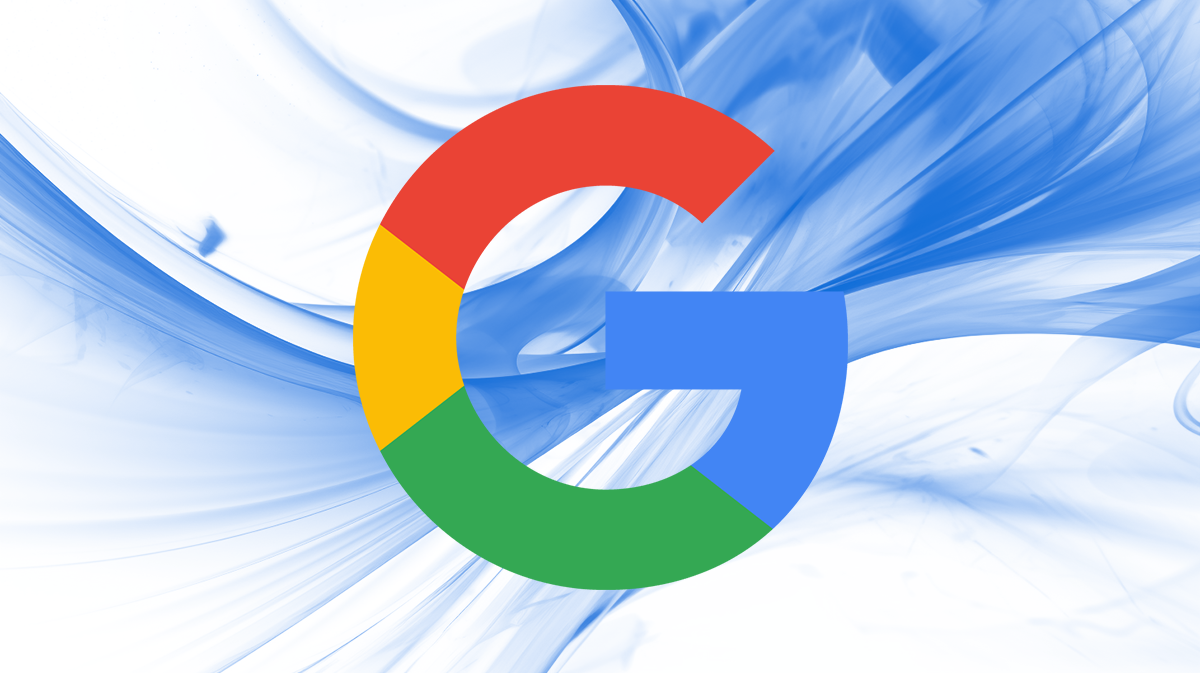Your cart is currently empty!
Google Search is a powerful tool for anyone on the internet, whether you’re a casual browser, an entrepreneur, a digital marketer, or an SEO expert.
Understanding how Google Search works, especially from an SEO perspective, is crucial to increase your site’s visibility and performance.
Understand SEO
Search Engine Optimization (SEO) refers to the techniques and practices used to improve a website’s visibility in search engine results pages (SERPs).
It’s not just about getting your website to rank higher on Google; it’s also about attracting the right kind of traffic, and converting that traffic into loyal customers or clients.
How Google Search Works
Google Search works in three steps: crawling, indexing, and ranking.
Crawling
Google discovers new and updated pages to add to its index through crawling. It uses software known as web crawlers or spiders (Googlebot in Google’s case) that follow links from page to page.
Indexing
When Google’s crawlers find a webpage, its system renders the page’s content, just as a browser does, and takes note of many signals about the content and keeps them in its index.
Ranking
When you perform a search, Google sorts through the billions of pages in its index to provide you with results that are relevant and useful to your query. Google uses over 200 ranking factors in its algorithm, such as relevancy, usability, and site quality.
Keyword Research
Keywords are the words and phrases, “queries”, that users type into Google Search. With keyword research, the goal is to identify keywords relevant to your site and users and incorporate them into your content.
Tools like Moz, Ahrefs, or Semrush can help you identify keywords. It’s not only about volume; consider the user intent behind the keyword, the competition, and its relevance to your business.
On-Page SEO
On-page SEO involves optimizing individual webpages to rank higher in SERPs. Key elements include:
- Title Tag: Each page should have a unique title tag, ideally with your target keyword near the beginning.
- Meta Description: This summary appears under the URL in search results. It should be compelling, include your target keyword, and be under 160 characters.
- Header Tags: These help organize your content and make navigating easier for users and search engines.
- Alt Text for Images: This helps search engines understand what your images are about. Always include your target keyword in the alt text.
- URL Structure: URLs should be easily readable and include your target keyword.
- Internal Links: Linking to your content can help search engines learn more about your site and keep users engaged longer. It also ensures your content gets crawled and indexed.
Off-Page SEO
Off-page SEO involves techniques outside your own website to improve your ranking in SERPs.
The most popular method for this strategy is building backlinks. These are links from other websites pointing to your site. Google sees backlinks as a sign of trustworthiness and authority.
However, backlink building might not work for all businesses and brands. This is where other promotion channels like social media and email marketing come into play.
When it comes down to it, most of the work is promoting your content using your preferred methods. Be engaging, not spammy. You’ll likely see better results. ?
Technical SEO
Technical SEO involves improving the technical aspects of your site to help it rank higher in SERPs. Key elements include:
- Mobile Friendliness: Google practices mobile-first indexing. Make sure your site looks good and functions well on mobile devices.
- Site Speed: A slow site can hurt your ranking in Google and drive users away. Use Google’s PageSpeed Insights to check your site speed.
- HTTPS: Secure websites (those with an HTTPS in the URL) rank higher than non-secure websites.
- XML Sitemap: This is a roadmap of your website that helps Google find and crawl all your important pages.
- Structured Data: This is a standardized format for providing information about a page and classifying the page content.
- Robots.txt: This file tells search engine crawlers which pages or files the crawler can or can’t request from your site.
- 301 Redirects: These permanently move a webpage to a new location. It ensures that people who have linked to or bookmarked the old address will access the new one automatically.
- 404 Errors: A 404 error page is displayed when the server cannot find your requested page. Customizing your 404 page can keep visitors even if they reach an error page.
- Website Architecture: A good site structure makes it easier for search engine bots to find all the pages on your website.
- Canonical Tags: These tell search engines that certain similar URLs are the same. This helps prevent problems caused by duplicate content appearing on multiple URLs.
Remember, while these are technical aspects, they significantly impact your SEO. Prioritizing technical SEO ensures that your site is both user-friendly and easily crawlable by search engines. This dual focus will help your site rank higher and provide a better user experience.
Measure Your SEO Success
Google Analytics and Google Search Console are invaluable tools for measuring your site’s performance. They can provide insights into how users find your site, what pages they visit, and if any issues might prevent them from properly accessing your site.
Understanding the Search Results Page
Here is a typical SERP in Google:

The page has many common elements in results.
- Search Results: The main part of the page lists webpages that Google has determined to be relevant to your search.
- Ads: These appear at the top and bottom of the page, and are marked with the word ‘Ad’. They are paid promotions relevant to your search.
- Knowledge Panel: For some searches, a box appears on the right side of the page with key facts and images.
- People Also Ask: Google sometimes shows a “People also ask” section with related questions that other users have searched for.
Consider the visual elements of the results and how you can take advantage of them by providing valuable content covering the searcher’s intent.
Keep Learning
SEO is a long-term strategy. It may take months to see significant results, but the benefits are worth it. Be patient, remain consistent, and never stop learning. SEO can provide sustainable growth for your website and business with the right approach and mindset. ?
Topics






